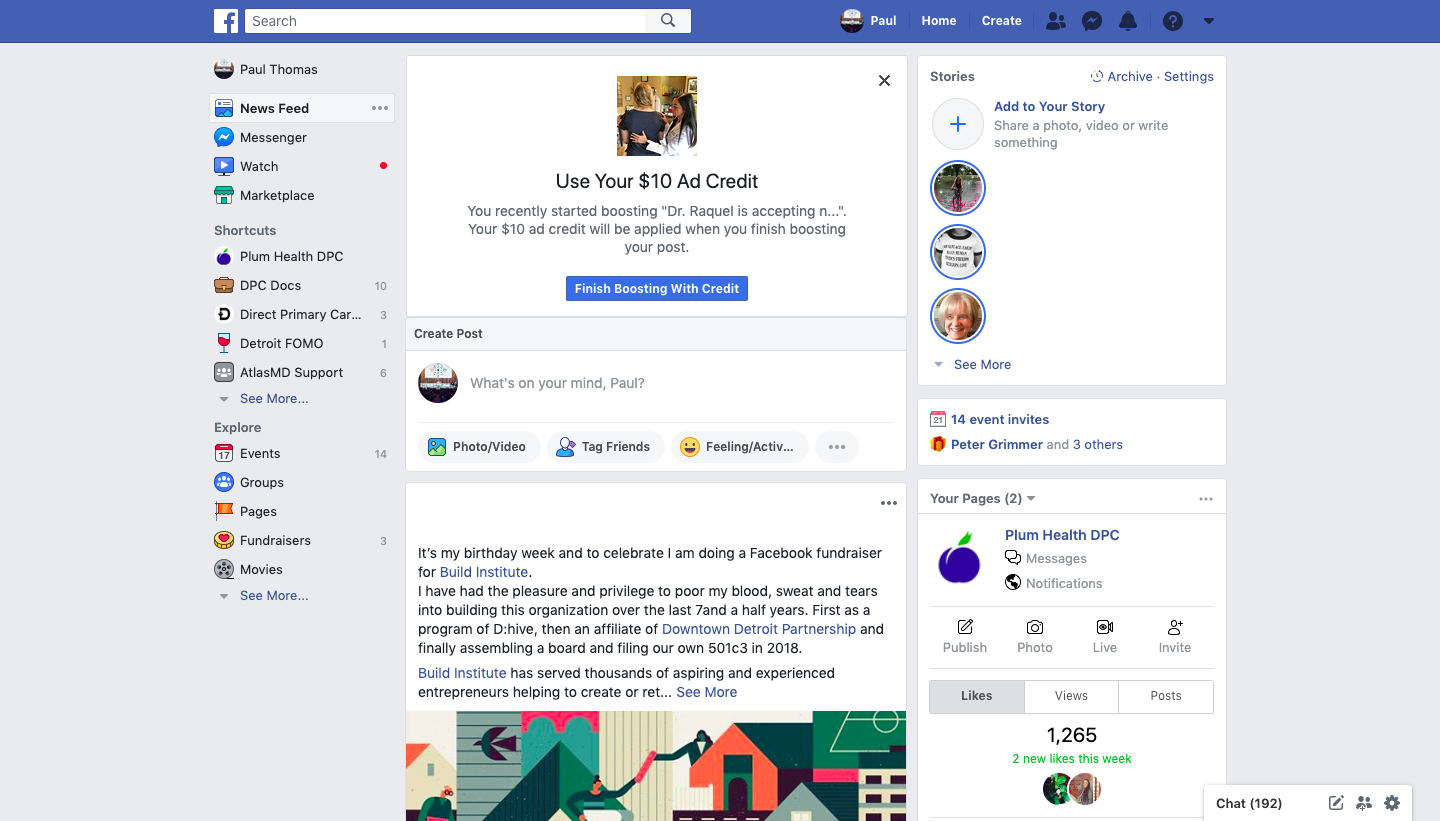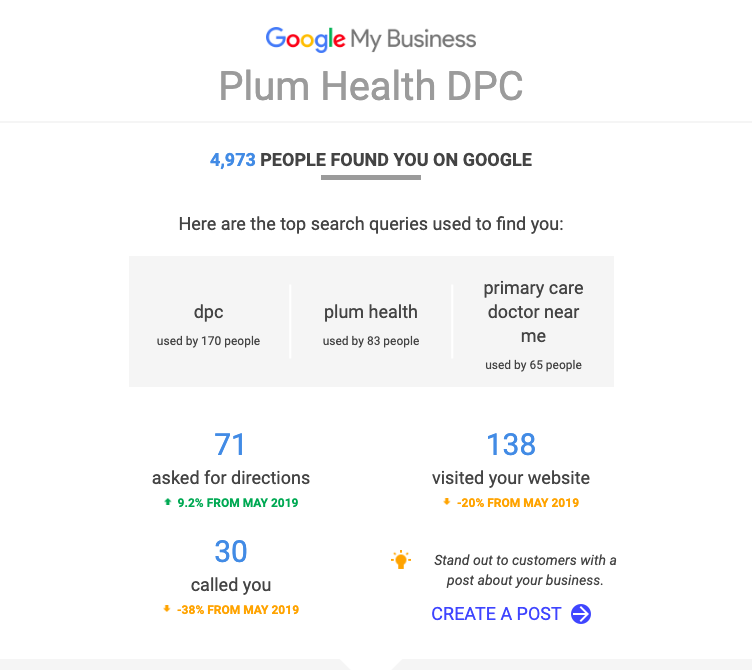My name is Dr. Paul Thomas with StartUpDPC and I'm here to help you start and grow your Direct Primary Care practice. Our question this week comes from a Direct Primary Care doctor in the community. They want to know more about the health care services that we provide for Veterans in our community through our practice, Plum Health DPC.
“Hello again. This is _______ from _____ DPC in _______, __. I just saw that you have partnered with the VA to provide care for veterans. I currently have 4 patients who are vets that come to me and I would love to be able to help more of them as we all know this is a significantly under-served population. If you have a minute I am very interested in a few things regarding this partnership:
1. How you went about getting this partnership
2. How you are reimbursed (vets or VA paying?)
3. Did you have vets that were currently on your panel that were pulled into this (as I assume there is some sort of gov reimbursement)?
4. Anything else worth knowing if able to get into this?
If you have some time I'd love to see your thoughts as I think this would not only help my practice grow, but provide a much needed alternative for vets besides going into a broken Fee For Service community system.
Thanks so much, _____.”
I love this question! You want to help veterans with their primary care services, and I absolutely love that. That’s what I’m out here doing as well. To be clear, I’m not partnering with the VA or the Veterans Administration.
What I did, was I partnered with a small business called Veterans Care Network. I developed a relationship with Shane and Jenny who run the Veterans Care Network. We built a relationship over time and they grew to trust me and want to business with our practice, Plum Health. They developed an application process, and selected two veterans to send to our practice.
You can read more about it on my practice’s blog, Plum Health. I go into more detail with our (first ever!) YouTube video.
StartUpDPC tackles how to work with Veterans in our latest blog post! It starts with developing relationships.










